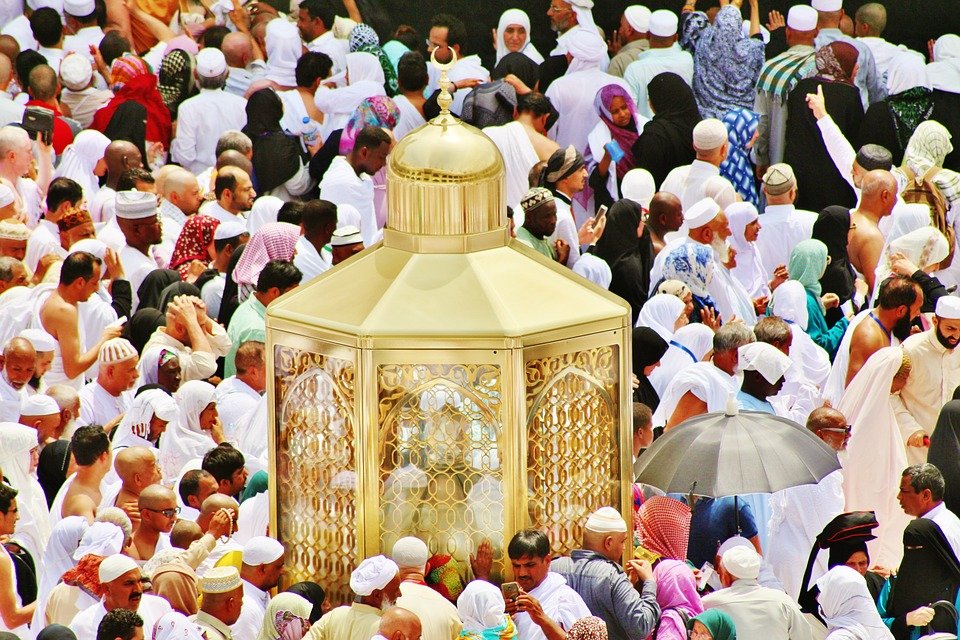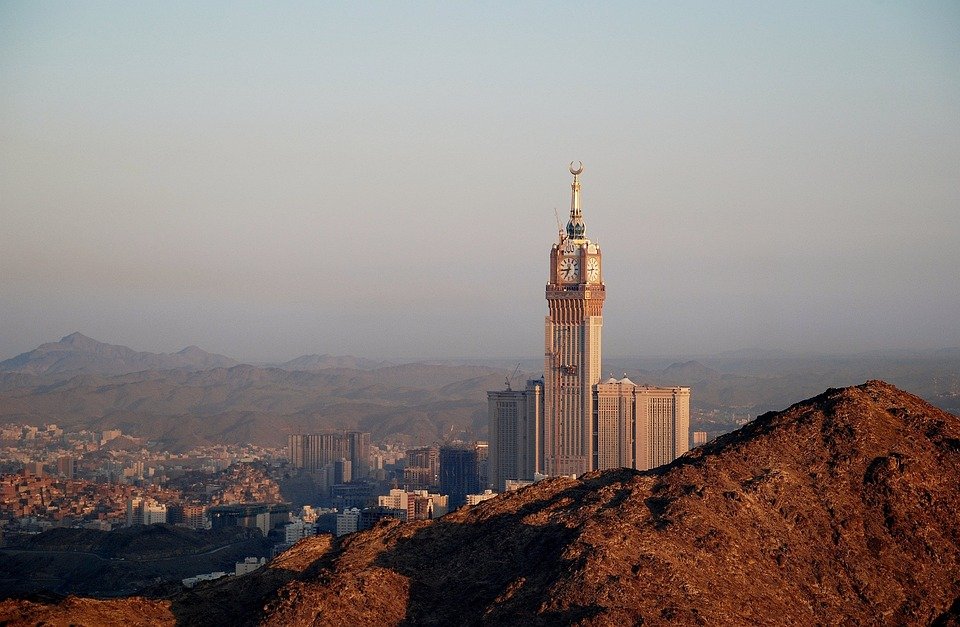You are here to read: What is Hajj al Ifrad: Understanding the Pilgrimage Journey – A Thoughtfully Written Guide Offering Spiritual Wisdom and Travel Advice for Every Pilgrim who is going on holy journey of Hajj or Umrah.
If you’ve been curious about what Hajj al Ifrad is, you’ve come to the right place. Hajj al Ifrad is a specific form of pilgrimage performed during the Hajj season in Islamic tradition. In this article, we promise to provide you with a comprehensive guide on what Hajj al Ifrad entails, the rituals involved, and how it differs from other types of Hajj. This informative piece aims to clarify the process and significance of Hajj al Ifrad, making it easier for you to understand and appreciate this vital aspect of Islamic faith.
Understanding what Hajj al Ifrad signifies is crucial for anyone looking to deepen their knowledge of Islamic practices. This pilgrimage holds a unique importance, representing devotion and spiritual renewal for millions of Muslims. With nine years of experience in the travel field, particularly in Makkah and Madinah since 2016, we at Airlinkhajjandumrah.com are equipped to guide you through the essentials of this pilgrimage. I believe our insights will not only help you understand the significance of Hajj al Ifrad but also enrich your appreciation for this sacred journey.
What is Hajj al Ifrad: Understanding the Pilgrimage Journey
Introduction to Hajj al Ifrad
Hajj al Ifrad holds a special place in the hearts of many Muslims. It’s one of the three types of Hajj, each with unique characteristics. When we think about this particular pilgrimage, we can feel the intensity and spiritual importance of this experience. Hajj al Ifrad involves performing the pilgrimage without making any prior sacrifices, which sets it apart from the other forms. It is often considered a direct and profound expression of devotion to Allah.
The essence of Hajj al Ifrad lies in its simplicity. Pilgrims set out to fulfill the spiritual acts of worship without the need for additional animal sacrifices. This makes it easier for some believers who seek a more focused experience. This pilgrimage usually takes place during the same time frame as the other types of Hajj, but it has its own specific rituals and practices that offer a unique flavor to the overall journey.
Preparing for Hajj al Ifrad
Preparing for Hajj al Ifrad involves both physical and spiritual readiness. Pilgrims often begin their preparations months in advance. They engage in various activities, such as learning about the rituals and honing their spiritual mindset. This preparation helps us to understand the significance of each action, making the experience more fulfilling.
In my opinion, spiritual preparation can include praying, reading the Quran, and reflecting on one’s intentions. Focusing on personal growth and self-improvement is essential. We should ensure our hearts are sincere and open to receiving the lessons that this pilgrimage provides. Physical preparation can range from getting in shape to packing the necessary items, including specific clothing and essentials for the trip.
The Rituals of Hajj al Ifrad
The rituals of Hajj al Ifrad are both unique and profound. Upon arrival in Makkah, pilgrims begin by entering the state of Ihram. This involves donning special garments, which symbolize purity and equality among all believers. As we step into this sacred state, we leave behind our worldly concerns and embrace the spirit of unity.
You're at the middle of this awesome post at AirlinkHajjandUmrah.com through: What is Hajj al Ifrad: Understanding the Pilgrimage Journey. Keep reading, it gets better!
One of the first significant rituals is the Tawaf, which involves circumambulating the Kaaba seven times. This act represents our devotion to Allah and allows us to feel a deep sense of connection with our faith. Following the Tawaf, pilgrims perform Sa’i, the walking between the hills of Safa and Marwah, reenacting Hagar’s quest for water. These rituals create a tapestry of emotions, connecting us to the history and essence of Islam.
The Importance of Intention
Intention, or niyyah, plays a critical role in Hajj al Ifrad. It’s not just about performing the rituals; it’s about the mindset behind them. When we set out for this pilgrimage, we should focus on pure intentions. We aspire to seek Allah’s forgiveness and mercy, which enhances our journey. This focus can transform the experience into something incredibly moving and memorable.
In every act of worship, the importance of intention is magnified during Hajj. The sincerity of our hearts can lead to a much deeper experience. I believe that when we go with a clear purpose and desire to strengthen our faith, it makes a significant difference. As we carry our intentions through each ritual, we can turn this pilgrimage into a life-altering experience.
Challenges and Rewards
No pilgrimage is without its challenges. During Hajj al Ifrad, pilgrims face various difficulties, ranging from physical fatigue to the emotional whirlwind that accompanies such a profound experience. Whether dealing with the heat of the desert or the emotional tides of spiritual reflection, these challenges serve a purpose. They remind us of our humanity and the need for resilience.
The rewards, however, far outweigh the challenges. Completing Hajj al Ifrad offers spiritual cleansing and a chance for renewal. Many pilgrims return home with a focus on living a life aligned with their newfound insights. In my view, the transformation doesn’t end upon returning; it begins a new chapter of faith and awareness. Reflecting on the journey can result in a lasting impact on how we treat ourselves and others.
The Role of Community
Community plays a vital role in Hajj al Ifrad. Many pilgrims travel together, forming bonds that extend beyond the pilgrimage itself. We share experiences, joys, and even moments of solitude that run deep. Being with like-minded individuals can enhance the sense of belonging and support throughout this spiritual trip.
I think the sense of community strengthens our connection to our faith. Engaging in group prayers and discussions can be uplifting. Furthermore, the communal spirit fosters a sense of unity. It breaks language and cultural barriers, illustrating the universal nature of Islam. These connections often last a lifetime, creating friendships and networks that continue to inspire growth and understanding.
Reflection After the Pilgrimage
The journey of Hajj al Ifrad doesn’t end when pilgrims leave Makkah. In fact, this period of reflection is crucial. Many people spend time contemplating the lessons learned and the spiritual changes experienced. I feel that journaling or discussing emotions with others can be incredibly beneficial. This reflection can help us solidify the changes within us and plan for how to implement them in our daily lives.
As we return to our routines, it’s essential to remember the impact Hajj has on our lives. We can use this spiritual awakening as a guide. Even small changes in our daily actions can lead to a more meaningful existence. The journey inspires us to live with intention, kindness, and a stronger connection to our faith, enriching our lives in numerous ways.
That wraps up What is Hajj al Ifrad: Understanding the Pilgrimage Journey. Thanks for sticking with us till here! Share this: What is Hajj al Ifrad: Understanding the Pilgrimage Journey with your friends.
Check our homepage at Air Link Hajj & Umrah for more awesome updates.
Some interesting posts are: 1: Umrah Mubarak, 2: When is Umrah closed 2026?, 3: When does Umrah start after Hajj 2026?
Mushu, an experienced Saudi Arabia traveler and writer, shares insightful tips and spiritual reflections to enhance Hajj and Umrah journeys for fellow pilgrims. He has been to Makkah and Madina from 2016 to 2023 many times and his posts will reflect this.







